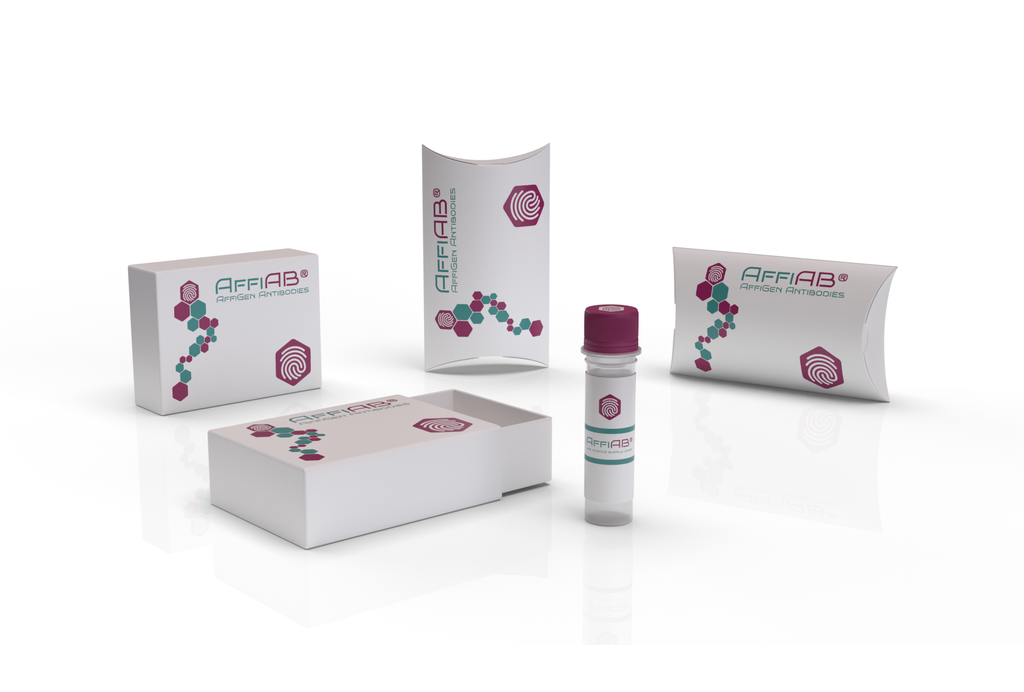AffiAB® Anti-TLR4 Antibody
Six human homologs of the Drosophila Toll receptor were initially identified based on their sequence similarities and designated toll-like receptors (TLR) . Toll receptors are involved in mediating dorsoventral polarization in the developing Drosophila embryo and participate in the host immunity. The TLR family of proteins are characterized by a highly conserved Toll homology (TH) domain, which is essential for Toll-induced signal transduction. TLR1, as well as the other TLR family members, are type I transmembrane receptors that characteristically contain an extracellular domain consisting of several leucine-rich regions along with a single cytoplasmic Toll / IL-1R-like domain. TLR2 and TLR4 are activated in response to lipopolysacchride (LPS) stimulation, which results in the activation and translocation of NFkB and suggests that these receptors are involved in mediating inflammatory responses. Expression of TLR receptors is highest in peripheral blood leukocytes, macro-phages, and TLR6 is highly homologous to TLR1, sharing greater than 65% sequence identity, and, like other members of TLR family, it induces NFkB signaling upon activation.
Antibody type
Rabbit polyclonal Antibody
Uniprot ID
SwissProt: O00206 Human; SwissProt: Q9QUK6 Mouse; SwissProt: Q9QX05 Rat
Recombinant
NO
Conjugation
Non-conjugated
Host
Rabbit
Isotype
IgG
Clone
N/A
KO/KD
N/A
Species reactivity
Human, Mouse, Rat
Tested applications
IF-Cell, IHC-P, FC
Predicted species reactivity
N/A
Immunogen
Synthetic peptide within human TLR4 aa 766-820.
Storage
Store at +4°C after thawing. Aliquot store at -20°C or -80°C. Avoid repeated freeze / thaw cycles.
Form
Liquid
Storage buffer
1*PBS (pH7.4) , 0.2% BSA, 50% Glycerol. Preservative: 0.05% Sodium Azide.
Concentration
1 mg/mL.
Purity
Immunogen affinity purified.
Signal pathway
N/A
Recommended dilutions
IF-Cell: 1:50-1:200; IHC-P: 1:50-1:500; FC: 1:50-1:100
Molecular Weight
Predicted band size: 96/91/73 kDa
Subcellular location
Cell membrane.
Positive control
Hela, HUVEC, PMVEC, rat kidney tissue, human skin tissue, human spleen tissue, mouse colon tissue, Jurkat.
